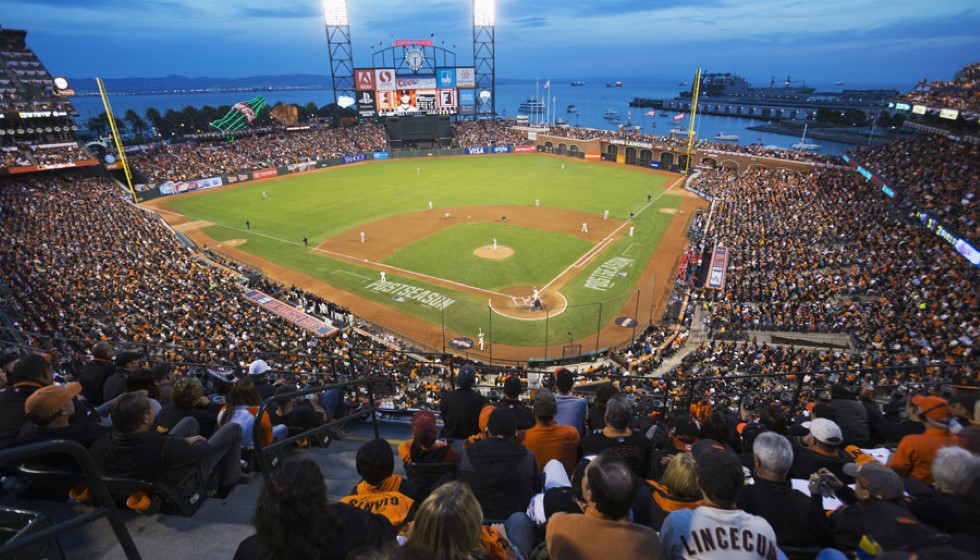
Arbitration Dynamics in Major League Baseball
In the intricate dance of Major League Baseball (MLB) contracts, arbitration discussions loom large, decisively shaping a player's financial trajectory. As players and clubs navigated the concluding moments of negotiations, Thursday marked a critical juncture where the final salary figures for the 2025 season were filed. This pivotal deadline set the stage for potential arbitration hearings in the subsequent weeks.
Major League players with three to six years of service time find themselves at the heart of these arbitration discussions. Additionally, the "Super Twos" — those with service time between two and three years — are also eligible to enter this process, potentially securing significant financial benefits. This year, the threshold for "Super Twos" was established at two years and 132 days of service, highlighting the fine margins that can impact eligibility.
Arbitration considerations revolve around analogous salaries earned by peers with similar service time. This framework ensures that players receive compensation reflective of their contribution and standing in the league, although it can also lead to intense negotiation scenarios. The case of Vladimir Guerrero Jr. stands as a testament to the stakes involved. By securing a $28.5 million agreement with the Blue Jays, Guerrero managed to circumvent arbitration, culminating in earnings exceeding $70 million over his four arbitration years.
Deals Struck and Hearings Looming
The negotiation table witnessed a flurry of activity as teams and players sought to strike agreements before the filing deadline. The San Diego Padres successfully negotiated deals with Luis Arraez for $14 million and Dylan Cease for $13.75 million, ensuring financial security and sidestepping the arbitration process. Similarly, the Boston Red Sox reached an understanding with Garrett Crochet, culminating in a one-year deal valued at $3.8 million.
Yet, not every negotiation reached a swift resolution. The Cardinals and Brendan Donovan were unable to finalise an agreement in time, setting the stage for an arbitration hearing. Likewise, Jarren Duran and Michael King are progressing towards similar determinations, indicating that the complexities of arbitration figures prominently in their paths ahead.
Players clinching agreements before the filing deadline sit in an advantageous position, enjoying fully guaranteed contracts. This aspect underscores the critical nature of pre-deadline negotiations, allowing players to secure stable financial futures without the uncertainty of arbitration.
Record-Breaking Agreements
In the realm of baseball arbitration, records are not merely limited to the diamond. Juan Soto, a figure synonymous with excellence, set a new landmark with a staggering $79.6 million arbitration agreement. This achievement not only solidifies his standing in the league but also sets a benchmark for future arbitration considerations. Such figures highlight the evolving landscape of player compensation, where prowess and potential are rewarded with substantial financial commitments from franchises.
The Emotional Weight of Arbitration
However, arbitration is not merely a financial transaction. The process can be personally taxing, as reflected in the words of former Brewers pitcher Corbin Burnes. “He felt 'hurt' by the entire arbitration process back in 2023,” Burnes shared, providing a glimpse into the emotional toll that these proceedings can inflict. This sentiment unveils the challenging personal dynamics that accompany what is often perceived as mere contractual negotiations.
The interplay between players' aspirations and clubs' financial constraints creates a nuanced landscape, where personal stories and professional stakes intersect. As the 2025 season looms, the resolution of these arbitration discussions will invariably influence not just the immediate financial outcomes for players, but also the broader fabric of team compositions and expectations in Major League Baseball.
The narrative of MLB arbitration thus remains a fundamental component of the sport's economic machinery, underscoring the broader interplay of strategy, negotiation, and human emotion that defines the journey of professional athletes.